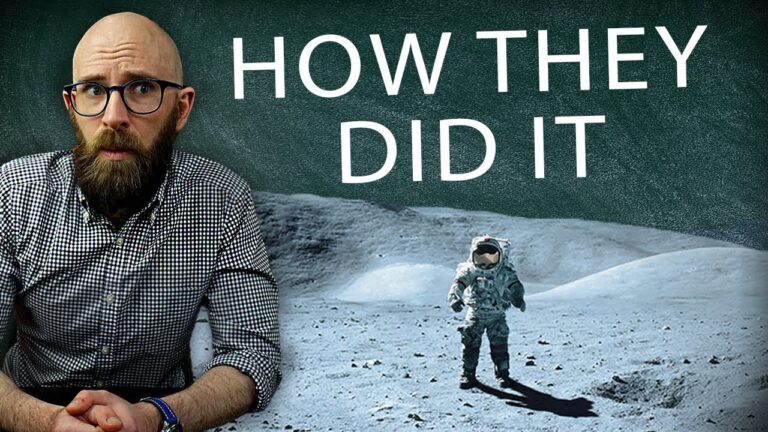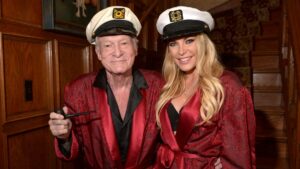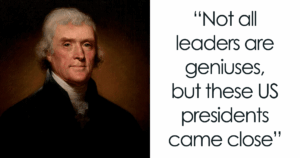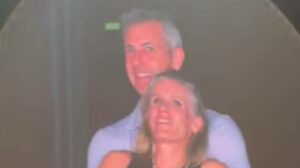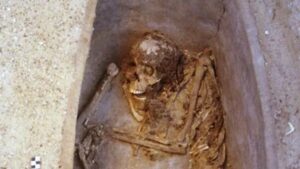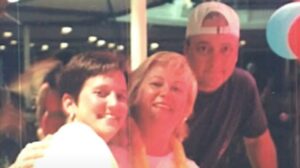“Unlocking the Secrets of the Moon: The Ingenious Strategies That Made NASA’s Historic Landing Possible”
Apollo 9 was followed by Apollo 10, the final “dress rehearsal” of the Apollo program. Crewed by Commander Gene Cernan, Lunar Module Pilot Thomas Stafford, and Command Module Pilot John Young and flown between May 18 and 26, 1969, Apollo 10 carried out all the steps of a lunar mission except for the actual descent and landing, with Cernan and Stafford bringing the Lunar Module Snoopy within 15.6 kilometres of the lunar surface before firing the ascent stage engine and reuniting with Young aboard the CSM Charlie Brown. But if the astronauts were tempted to disobey orders and become the first men to land on the moon, it would have been a one-way trip, as Gene Cernan later explained:
“A lot of people thought about the kind of people we were: ‘Don’t give those guys an opportunity to land, ’cause they might!’ So the ascent module, the part we lifted off the lunar surface with, was short-fueled. The fuel tanks weren’t full. So had we literally tried to land on the Moon, we couldn’t have gotten off.”
George Mueller, NASA’s Associate Administrator for Manned Space Flight, further clarified:
“There had been some speculation about whether or not the crew might have landed, having gotten so close. They might have wanted to, but it was impossible for that lunar module to land. It was an early design that was too heavy for a lunar landing, or, to be more precise, too heavy to be able to complete the ascent back to the command module. It was a test module, for the dress rehearsal only, and that was the way it was used.”
